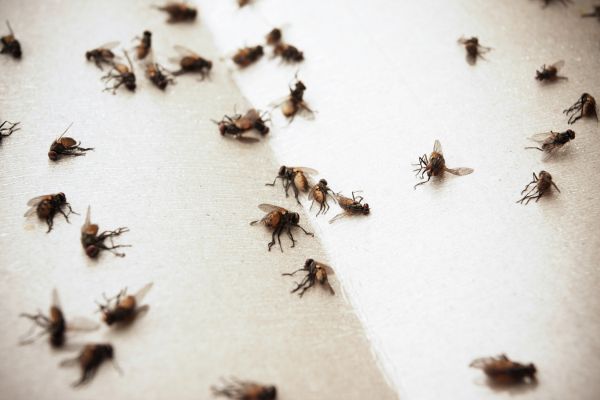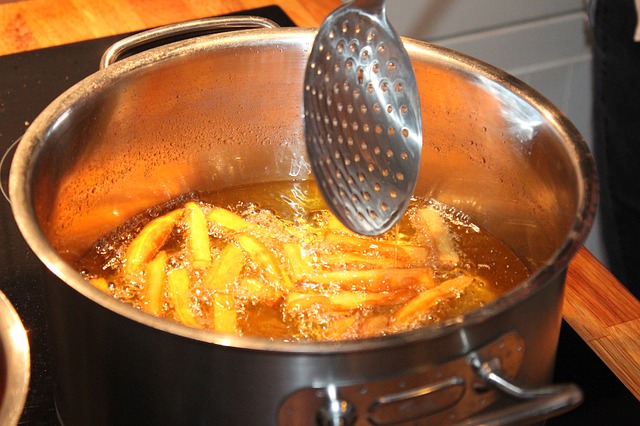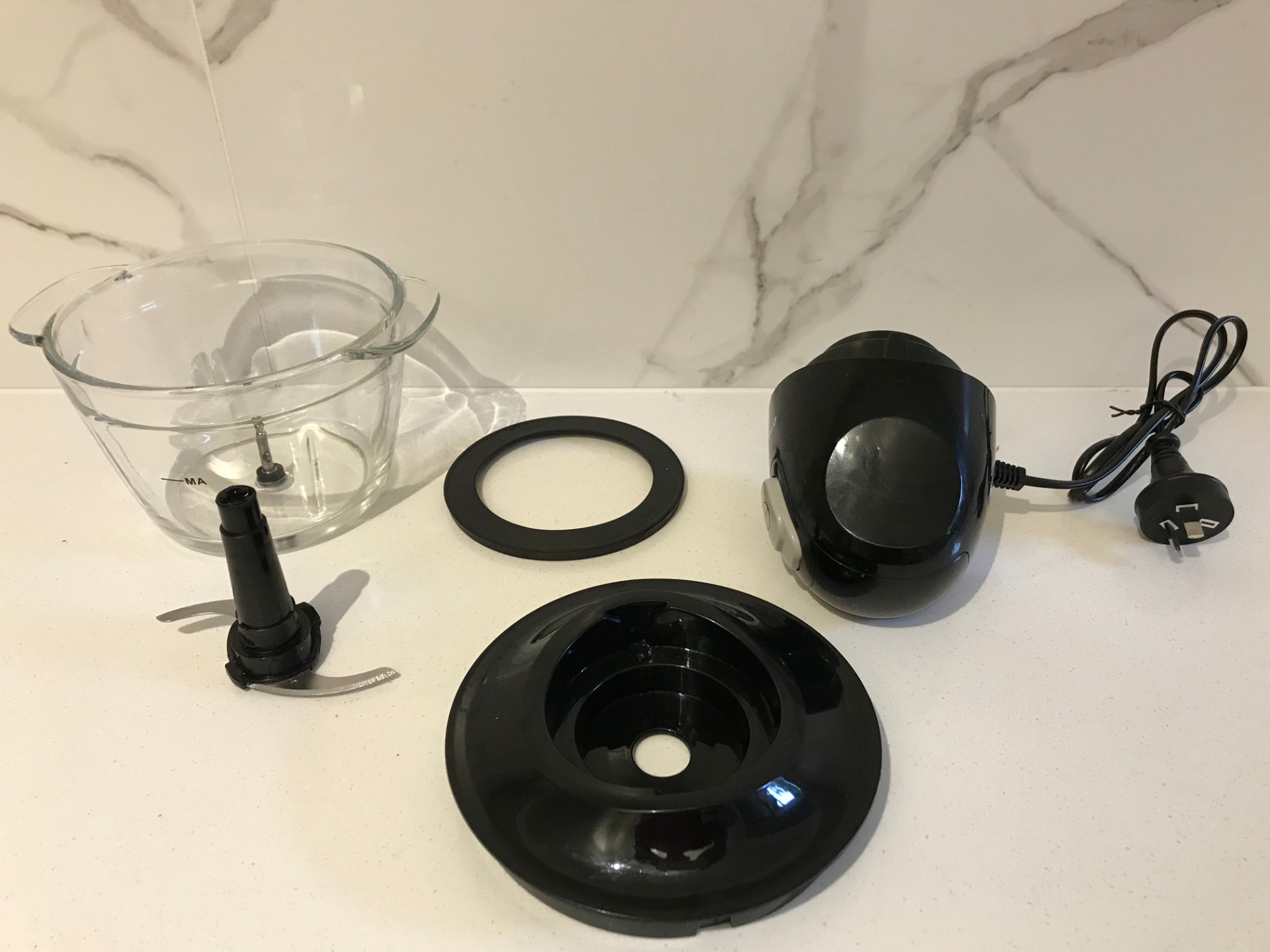The problem of flies in the kitchen is a common issue many people face, especially during the warmer months. Flies are attracted to the kitchen due to the presence of food and moisture, which provide them with an ideal environment to breed and multiply. The problem is exacerbated in areas with poor sanitation or hygiene practices.
Flies can be carriers of harmful bacteria, and their presence in the kitchen can contaminate food and surfaces, leading to health hazards. They can also be a nuisance, as they can be very difficult to eliminate once they have infested a space.
Types of flies in the kitchen
Several common types of flies can be found in the kitchen.
Houseflies (Musca domestica)
These are the most common type of fly found in kitchens. They are attracted to food and can breed quickly in warm and moist environments.
Fruit flies (Drosophila melanogaster)
These small flies are attracted to fruits and vegetables that have started to spoil. They are commonly found in near kitchen produce or garbage disposals.
Drain flies (Psychodidae)
These flies are commonly found near drains or in stagnant water. They can breed quickly in moist environments and are attracted to organic matter.
Blowflies (Calliphoridae)
These flies are attracted to decaying meat and can be found in the kitchen if meat or other animal products are left out for too long.
Cheese flies (Piophilidae)
These flies are attracted to cheese and other dairy products that have started to spoil. They are less common than other kitchen flies but can still be a nuisance.
Why are flies attracted to the kitchen?
Flies are attracted to the kitchen because it provides an environment that meets their basic needs for survival and reproduction.
Food
Flies are attracted to any food, especially those that are sweet, sugary, or have a strong odor. This includes fruits, vegetables, meat, and other perishable items.
Moisture
Flies require moisture to survive and breed. Kitchens with leaks, standing water, or high humidity levels are more attractive to flies.
Warmth
Flies are attracted to warm environments, and kitchens that are kept warm or have heat sources are more likely to attract flies.
Garbage
Flies are attracted to garbage and food waste, as they provide a source of nutrition and a place to lay their eggs.
Poor sanitation
Kitchens not kept clean and free of spills, crumbs, and food waste are more attractive to flies, as they provide a food source and a place for flies to breed.
Open windows and doors
Flies can easily enter the kitchen through open windows and doors, especially if no screens keep them out.
How to keep flies away from the kitchen
Several methods can be used to keep flies away from the kitchen.
- Keep the kitchen clean: One of the most effective ways to keep flies away from the kitchen is to keep it clean. Wipe down surfaces regularly, clean up spills and food crumbs immediately, and dispose of garbage and waste in sealed containers.
- Use screens: Install screens on windows and doors to prevent flies from entering the kitchen. Ensure the screens fit tightly and do not have any holes or gaps.
- Use natural repellents: Certain herbs and essential oils can repel flies. Place fresh basil, mint, or lavender around the kitchen, or use essential oils to make a natural fly-repellent spray.
- Use fly traps: Various types of fly traps can be used in the kitchen, including sticky traps, electric traps, and baited traps. These traps can be effective in capturing flies and reducing their numbers.
- Keep food covered: Cover food with lids or cloths to prevent flies from landing on it. This is especially important for food left out for long periods, such as outdoor barbecues or picnics.
- Keep drains clean: Clean the drains regularly to prevent the buildup of organic matter, which can attract flies. Pour boiling water down the drains regularly to kill any fly eggs or larvae.
- Use fly-repellent products: There are various fly-repellent products available, including sprays, candles, and plug-in devices. These can effectively repel flies from the kitchen, but should be used with caution and according to the manufacturer’s instructions.
Natural ways to get rid of flies in the kitchen
- Essential oils: Certain essential oils, such as peppermint, eucalyptus, and citronella, are effective at repelling flies. Place a few drops of the oil on a cloth or cotton ball and place it in areas where flies are present.
- Vinegar: Vinegar is a natural fly repellent used to clean surfaces and wipe down areas where flies are present. Mix equal parts vinegar and water in a spray bottle to clean countertops, windowsills, and other surfaces.
- Herbs: Certain herbs, such as basil, lavender, and mint, can repel flies. Place fresh herbs where flies are present, or make a homemade fly spray using boiled water and herbs.
- Citrus: The strong scent of citrus can also repel flies—place citrus peels, such as lemon or orange, in areas where flies are present.
- Flytraps: Homemade fly traps can also be effective in getting rid of flies. One example is to fill a jar with apple cider vinegar and a drop of dish soap, cover the jar with plastic wrap and poke holes in the top. Flies are attracted to the scent of the vinegar but get trapped by the plastic wrap.
- Fans: Flies do not like wind, so placing a fan in the kitchen can help keep them away. Set up a fan on a table or countertop and direct the airflow towards areas where flies are present.
Chemical ways to get rid of flies in the kitchen
Chemical methods can effectively remove flies in the kitchen, but they should be used cautiously and according to the manufacturer’s instructions.
- Insecticides: Insecticides can be used as sprays or in bait traps to kill flies. These products contain chemicals that are toxic to flies and can be effective in reducing their numbers.
- Flypaper: Flypaper is a sticky strip coated with a chemical substance that attracts and traps fly. This can be an effective way to eliminate flies in the kitchen, but can also be unsightly.
- Fly swatters: Fly swatters are an effective and inexpensive way to kill flies physically. Swatting flies with a fly swatter can help to eliminate them quickly.
- Electronic fly traps: Electronic fly traps use ultraviolet light to attract flies, which are then electrocuted when they come into contact with the device. These traps can be effective in getting rid of flies but may be more expensive than other methods.
- Aerosol sprays: Aerosol sprays can be used to kill flies on contact. These sprays contain chemicals that are toxic to flies and can be effective in reducing their numbers.
Conclusion
Maintaining a clean and insect-free kitchen is essential for multiple reasons. In addition to being a nuisance, flies can transport pathogenic bacteria that can contaminate food and cause illness.
A filthy kitchen is a breeding ground for flies, so it is essential to keep all surfaces and areas clean, dispose of waste appropriately, and take preventative measures to prevent flies from entering the kitchen.
It is possible to keep the kitchen clean and free of flies through natural and chemical methods, as well as good hygiene practices, thereby reducing the risk of food contamination and promoting a healthy environment.
A clean and fly-free kitchen protects our health and makes cooking and dining more agreeable and comfortable.




